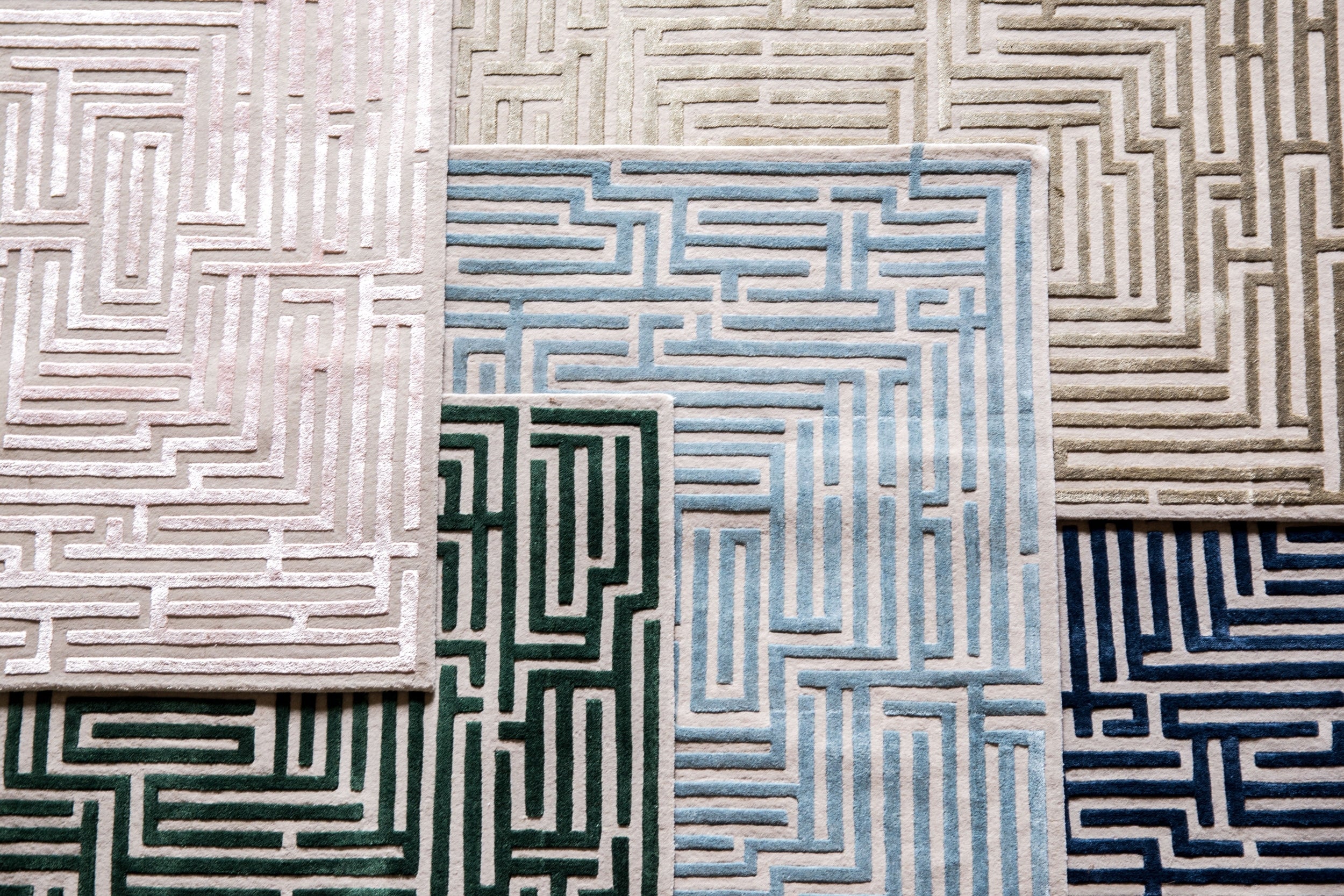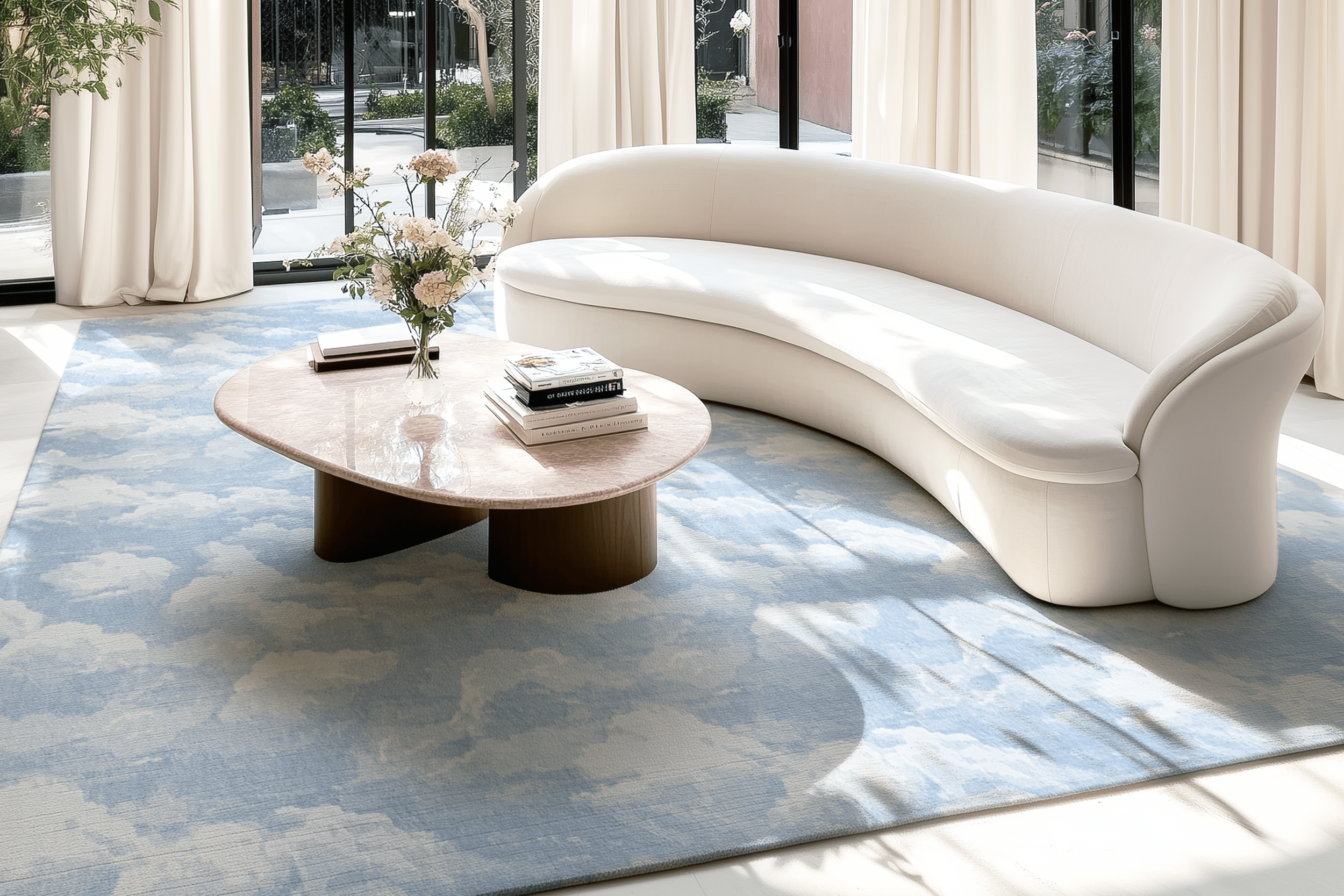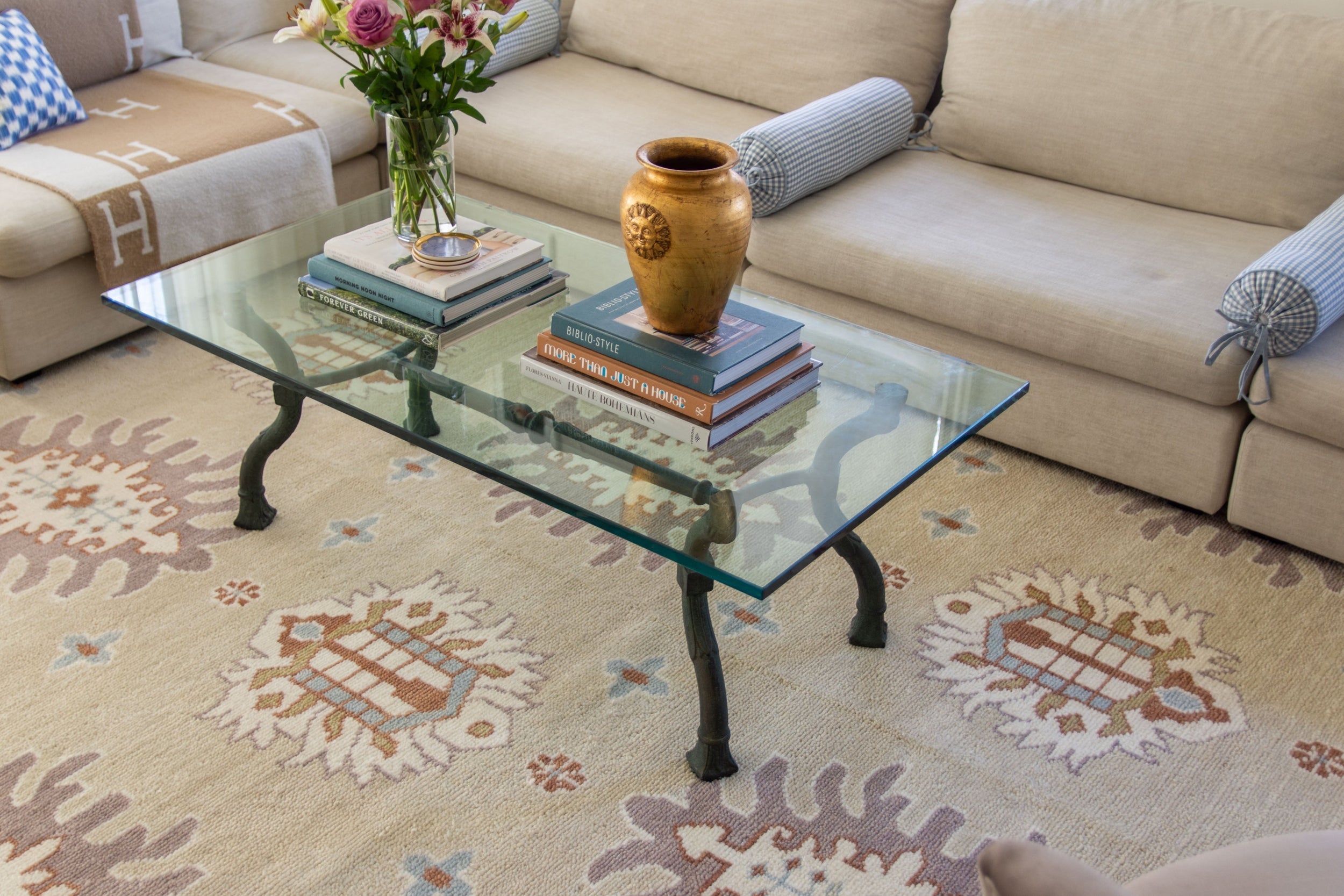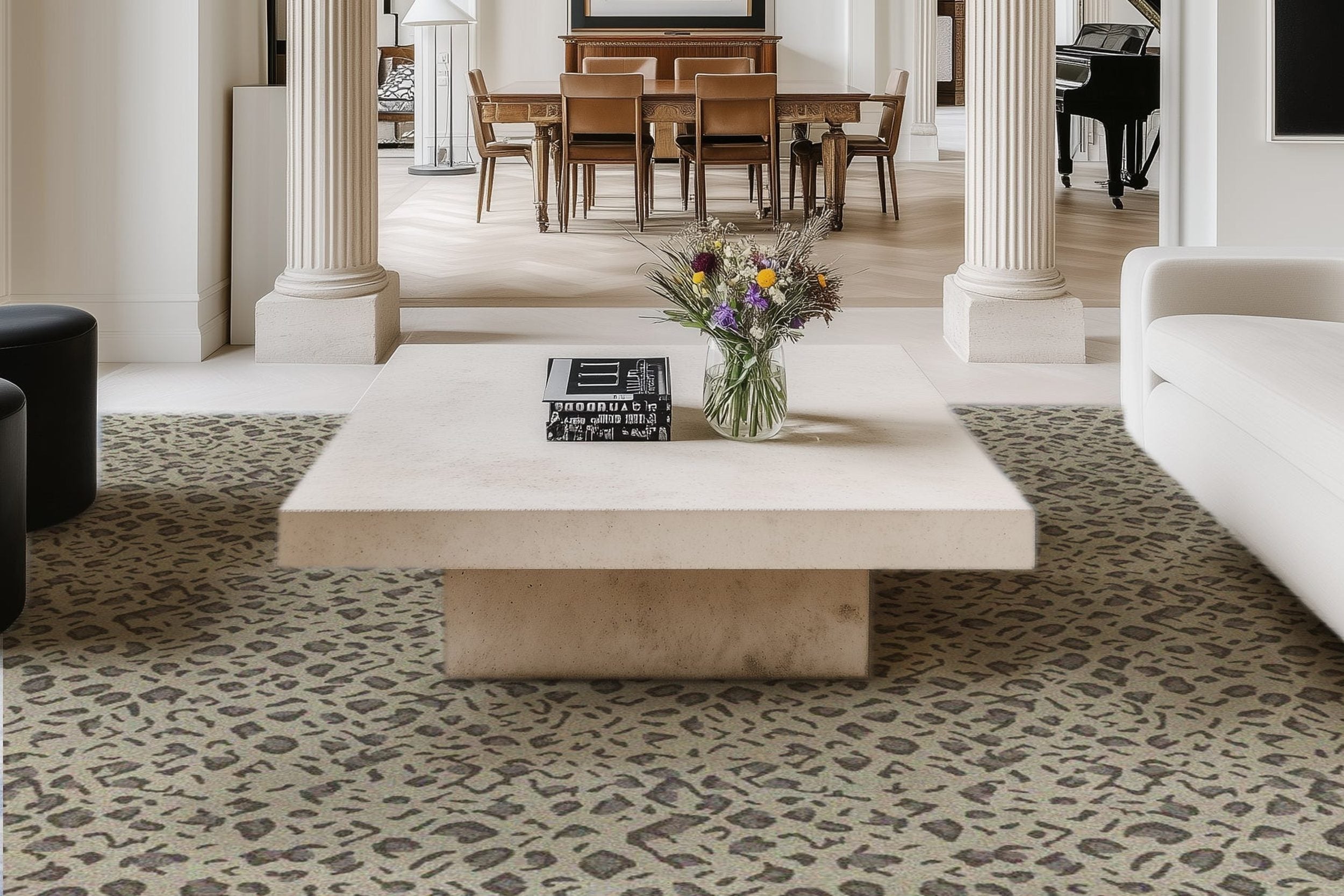How to Choose the Best Range Hood for Your Kitchen

Choosing a good range hood for your kitchen can transform your cooking experience, keeping your kitchen fresh and clean. With so many options available, it's essential to understand what features to look for and how to match a range hood to your needs. A well-chosen range hood not only enhances the overall aesthetic but also improves the air quality of your kitchen. Let’s dive in and explore everything you need to know to find the perfect range hood for your kitchen.
Types of Range Hoods
Under-Cabinet Range Hoods
Under-cabinet range hoods are mounted underneath your kitchen cabinets. They are a popular choice for many homes because they seamlessly blend into the kitchen design. These range hoods effectively capture smoke and odors, making them a great option for everyday cooking. Additionally, they often come with built-in lighting to illuminate your cooktop. Their smaller design makes them ideal for cramped kitchens where space is at a premium.
Wall-Mounted Range Hoods
A wall-mounted range hoods are attached to the wall above your stove. They often become a focal point in the kitchen, offering both style and functionality. These hoods are ideal if you don't have cabinets above your stove and want a sleek, modern look. They can be designed to match various kitchen styles, from rustic to contemporary. Wall-mounted hoods also provide greater flexibility in terms of height and width.
Island Range Hoods
If you have a kitchen island with a cooktop, an island range hood is what you need. These hoods hang from the ceiling and are aesthetically pleasing from all angles, providing excellent ventilation for open kitchen spaces. Island hoods are often larger and more powerful to handle the increased exposure to air currents. They add a dramatic visual element to your kitchen, enhancing its overall appeal.
Downdraft Range Hoods
Downdraft range hoods are unique because they pull air downward, capturing smoke and odors directly from the cooktop. They are a good option if you want a minimalistic look without a hood hanging over your stove. These hoods are typically installed next to or behind the cooktop and can be hidden when not in use. Downdraft systems are particularly useful in open-concept kitchens where a traditional hood might obstruct sightlines.
Insert/Custom Range Hoods
Insert range hoods, or custom hoods, are designed to be built into cabinetry or a custom hood enclosure. These hoods offer flexibility in design, allowing you to match your kitchen's style perfectly. This option is ideal for those who want a seamless look, as the hood can be concealed within custom woodwork or cabinetry. Custom hoods can also be tailored to fit unique spaces and design requirements.
Ducted vs. Ductless Range Hoods
Ducted range hoods vent air outside, making them very effective at removing smoke, odors, and heat. On the other hand, ductless range hoods recirculate air through their filters and then release it back into the kitchen. Ducted hoods are generally more efficient but require more complex installation. Ductless hoods are easier to install and can be used in apartments or homes without external venting options.
Smart Range Hoods
Smart range hoods are the latest trend, offering connectivity features like remote control, automatic adjustments based on cooking activity, and integration with other smart home devices. They provide convenience and efficiency, making cooking more enjoyable. These hoods can connect to your smartphone, allowing you to control them from anywhere. Some models even come with voice control and smart sensors to optimize performance.
Determining Your Cooking Needs
Before you choose a range hood, think about your cooking habits. Do you often cook meals that produce a lot of smoke or strong odors? Do you have a large family and cook frequently? Your answers will help determine the type and power of the range hood you need. Consider whether you cook a lot of spicy or aromatic dishes, as these require stronger ventilation. Also, think about the size of your kitchen and how much airflow is necessary to keep it comfortable.
Choosing the Right Size and Power
Hood Size Guidelines
Your range hood should be at least as wide as your cooktop, but ideally, it should be a few inches wider on each side. This ensures maximum coverage and efficiency in capturing smoke and odors. Larger hoods can more effectively contain and remove cooking byproducts. Always measure your space accurately to ensure a perfect fit.
Understanding CFM (Cubic Feet per Minute)
CFM measures the power of your range hood. The higher the CFM, the more air the hood can move. For general cooking, a hood with a CFM of 300-500 is usually sufficient. For more intensive cooking, consider a higher CFM. Understanding CFM ratings helps you match the hood's performance to your cooking style, ensuring optimal air quality in your kitchen. For electric stoves, a range hood with a lower CFM rating may suffice compared to gas stoves, due to the typically lower heat output.
Matching CFM to Your Cooking Style
Match the CFM to your cooking style and frequency. If you frequently fry or grill, opt for a higher CFM to ensure efficient ventilation. For light cooking, such as boiling or steaming, a lower CFM may suffice. Remember that higher CFM models might be louder, so balance your need for power with your tolerance for noise.
Range Hood Features and Options
Filters (Baffle, Mesh, Charcoal)
- Baffle Filters: Durable and efficient at trapping grease, but can be noisy. They are often made of stainless steel and can be cleaned in the dishwasher.
- Mesh Filters: Good at capturing grease and easy to clean, but may need frequent replacement. They are lightweight and typically made of aluminum or stainless steel.
- Charcoal Filters: Used in ductless hoods to remove odors, but need regular replacement. These filters are excellent for kitchens where external venting is not possible.
Fan Speeds and Controls
Choose a range hood with multiple fan speeds for better control over ventilation. Some hoods come with touch controls, remote controls, or even smart features. Variable speeds allow you to adjust the ventilation intensity based on what you're cooking. Look for intuitive controls that are easy to use, even with greasy hands.
Lighting Options
Integrated lighting helps illuminate your cooking area. Look for hoods with bright, energy-efficient LED lights. Adjustable lighting can enhance visibility and create a pleasant cooking environment. Some models offer dimmable lights to suit different times of day and tasks.
Heat Sensors and Auto Shutoff
Heat sensors detect high temperatures and adjust the fan speed automatically. Auto shutoff turns off the hood after a set time, providing safety and convenience. These features are particularly useful if you often get distracted while cooking. They can prevent accidents and ensure that your kitchen remains safe.
Noise Levels
Range hoods can be loud, so consider their noise level while choosing one. A quieter hood (1-3 sones) is ideal for maintaining a pleasant kitchen environment. High-powered hoods can sometimes be loud, so look for models that offer powerful ventilation with minimal noise. User reviews can often help you find a good balance between performance and quiet operation.
Range Hood Styles and Finishes
Popular Styles (Modern, Traditional, Professional)
Range hoods come in various styles to match your kitchen decor. Modern hoods have sleek lines and minimalist designs, traditional hoods offer classic aesthetics, and professional hoods provide a robust, industrial look. Consider the overall look of your kitchen when choosing a hood style. The right range hood can enhance your kitchen's design and become a stylish centerpiece.
Materials and Finishes (Stainless Steel, Glass, Copper)
Choose a material and finish that complements your kitchen. Stainless steel is modern, easy to clean, and durable, glass adds a contemporary touch, and copper offers a warm, rustic feel. The finish should also be resistant to stains and fingerprints, ensuring it looks good over time. Some hoods come in custom colors or can be painted to match your cabinets.
Installation and Venting
Installation Requirements
Ensure you have the proper space and support for installing your range hood. Some installations may require professional help, especially for ducted hoods. Follow all manufacturer’s installation instructions carefully. Improper installations can lead to potential safety hazards, reduced efficency, and broken parts.
Venting Options and Considerations
Decide between ducted and ductless venting based on your kitchen layout and preferences. Proper venting is crucial for the hood’s performance. Ducted hoods require a vent to the outside, which may involve significant alterations to your kitchen. Ductless hoods are easier to install but may need frequent filter changes.
Professional Installation vs. DIY
While some range hoods can be installed by handy homeowners, others, especially ducted models, may require professional installation to ensure safety and effectiveness. Hiring a contractor can save you time and ensure that your hood is installed correctly. They can also advise on the best venting options for your space.
Budget Considerations
Price Range Overview
Range hoods vary in price from affordable to high-end models. Determine your price range and look for hoods that offer the best features within your budget. Remember that the most expensive option isn’t always the best for your needs. Focus on finding a hood that offers a good balance of quality, features, and price.
Balancing Cost with Features and Quality
While the cheapest option is tempting, investing a bit more in a quality range hood can save you money and hassle in the long run. Higher-priced models often come with better warranties and more advanced features. Before making purchases, consider the long-term benefits of investing in a durable and efficient range hood.
Maintenance and Cleaning
Regular Cleaning Tips
Keep your range hood in top condition by regularly cleaning the exterior and interior. Use mild detergent and avoid abrasive cleaners. Wipe down the surfaces after each use to prevent grease buildup. Regular maintenance helps keep the hood functioning efficiently and looking new.
Filter Maintenance
Filters should be cleaned or replaced as recommended by the manufacturer. This ensures optimal performance and longevity. Neglecting filter cleaning can lead to reduced efficiency and increased noise. Follow the manufacturer's guidelines for the best long term use.
Longevity and Durability
Choose a durable range hood with a good warranty to ensure it lasts for years. Regular maintenance will also help extend its lifespan. Investing in a high-quality hood can save you money on repairs and replacements. Consider models with long-lasting materials and robust construction.
Common Range Hood Problems and Solutions
Troubleshooting Tips
- Low Suction: Check for blockages in the vent or dirty filters. Ensure that all ductwork is properly sealed, and there are no leaks.
- Noise Issues: Ensure the hood is securely mounted and check for loose parts. Regular maintenance can help reduce noise caused by wear and tear.
- Lighting Problems: Replace burnt-out bulbs or check the electrical connections. Ensure that the wiring is intact and there are no loose connections.
Warranty and Customer Support
Choose a range hood with a solid warranty and good customer support. This ensures you have help available if issues arise. A good warranty can provide you with peace of mind and protect your investment. Check customer reviews for insights into the brand's support and reliability.
Conclusion
Selecting the best range hood for your kitchen involves considering various factors like type, size, power, and features. By understanding your cooking needs and budget, you can find a range hood that not only enhances your kitchen’s functionality but also complements its style. A well-chosen range hood will keep your kitchen fresh and make cooking more enjoyable. Happy cooking!
Browse by Category

Design Projects
Explore interiors from client work and personal renovations — layered, livable, and always in progress.
read more →
Collaborations
From product launches to styled spaces, discover the brand stories I’ve helped bring to life.
read more →
The Notebook
A growing archive of iconic designers, inspiring artists, and unforgettable design moments.
read more →
Travel by Design
Wander with a designer’s eye — from charming hotels and city guides to visual inspiration abroad.
read more →




